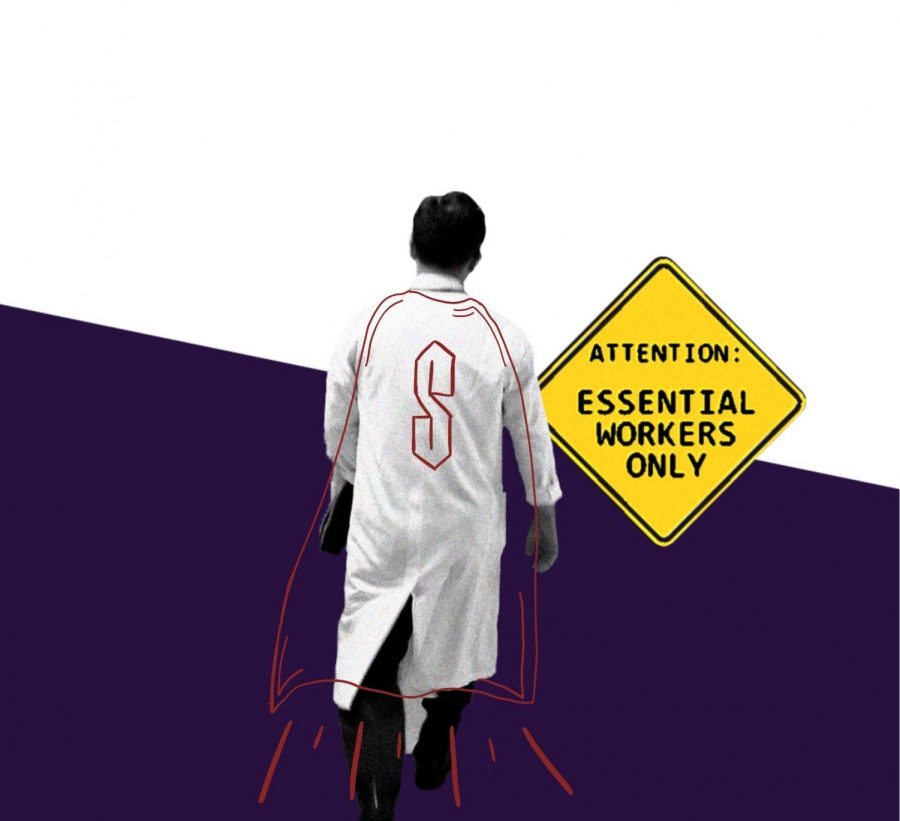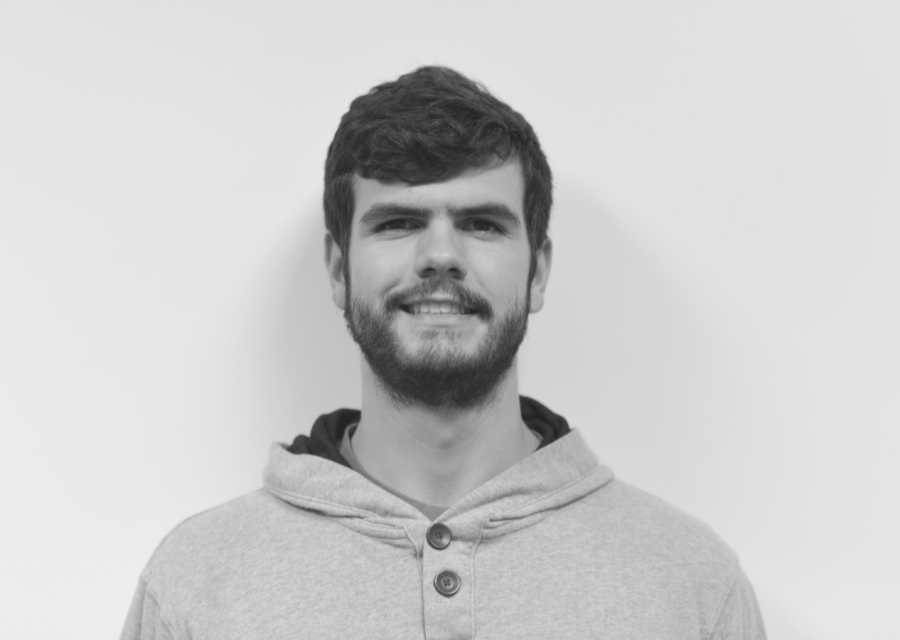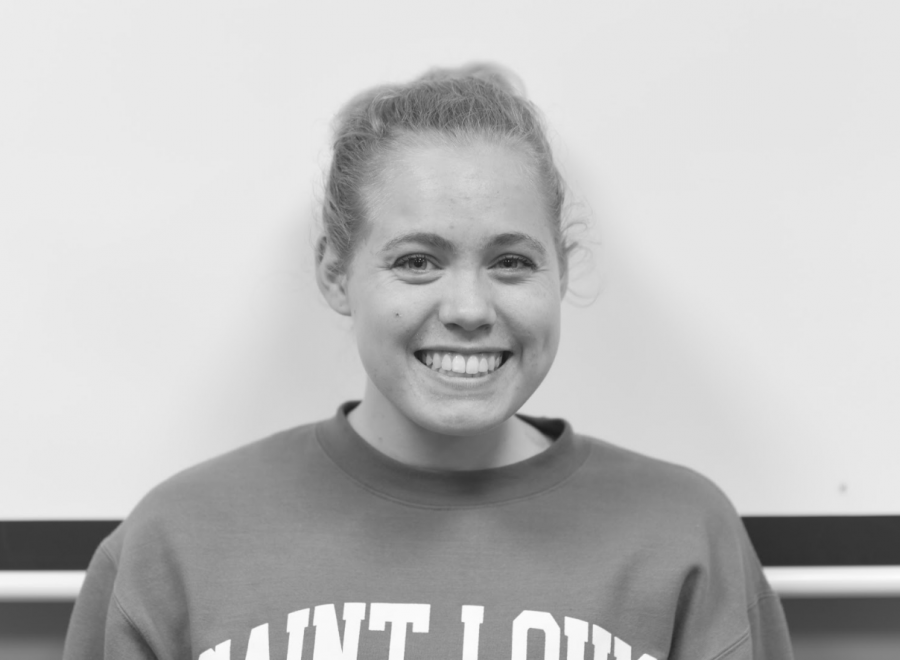During my two and a half years at Saint Louis University, as an American studies and sociology double major, I have spent hours reading about, listening to lectures on and studying the many different political, social and economic factors that have contributed to the formation of what some scholars call the “two St. Louises.”
The striking disparities between North and South City are quickly apparent the moment one looks at St. Louis’ demographics or walks just a few blocks north of our inner-city campus. Neighborhoods are segregated; school districts are unaccredited; urban “renewal” projects are displacing predominantly low-income, minority residents; and the criminal [in]justice system disproportionately targets young women and men of color. There are most definitely two distinct St. Louises.
But what about East St. Louis?
If the proverbial “SLU bubble” exists to discourage SLU students from wandering north, there seems to be a “St. Louis bubble” that exists to deter people from crossing the Mississippi.
Even though I was not aware of East St. Louis until I moved to St. Louis in 2012, I quickly learned from my peers, my professors and St. Louis natives that I should do everything in my power to stay on the Missouri side of the river.
And I did.
For two and a half years, the extent of my contact with East St. Louis was driving on I-64 to and from my hometown of Louisville, Kentucky. I kept my windows rolled up and eyes on the road, refusing to look at the city I was driving through. I was fearful of something, but of what? I was driving in my car, on a highway, with the windows rolled up and the doors locked. Yet I couldn’t force myself to even look to my left or right as the Gateway Arch disappeared in my rearview mirror.
I tried to convince myself that I was doing enough; that I was fully integrating my academic studies with my passion for urban social justice by creating educational opportunities for myself both inside and outside of the classroom. I began walking the streets that I studied in classrooms and learning the names and remembering the faces of the people that make up the statistics and demographics in my textbooks. I wanted to be an agent of social change in St. Louis, and I thought that the best way to do this was to humanize the theories I learned and the research I did by being present to the people and the places that I studied. However, like the rest of St. Louis, I washed my hands clean of East St. Louis.
That was until five weeks ago when I exited I-64 in East St. Louis for the first time. Fear was still there, but this time, it was different, and immediately, I recognized it. I feared having to face my own failure, my own inability to put into practice what I really and truly believed because of my own prejudices. As I started spending days and weeks interning at a family center in East St. Louis, I came to realize that East St. Louis is a real place, with real people and real stories to be shared. I also came to realize that East St. Louis is one of the most stigmatized and ignored cities in the United States.
East St. Louis has a history: a history of racism, corrupted politics, deindustrialization and white flight; a history that requires thoughtful contemplation and analysis. In mainstream and academic discourse, East St. Louis is, at best, a dangerous place that needs immediately assistance, and, at worst, does not exist.
As “men and women for and with others,” it is imperative that we recognize and value the inherent human dignity of each and every human person. We fail to do this when we dehumanize and stigmatize East St. Louis.
It is a community of people, people who have been silenced, who want to be heard, and people who have been invisible, who want to be seen.
East St. Louis is St. Louis, and it’s time that we as Billikens act as such instead of falling into easy patterns of othering and exclusion. So look out your window when you drive on I-64; read about the history of East St. Louis; be present to the people who call it home; and, most importantly, use these experiences to become an agent of social change to eliminate divisions with our city.










